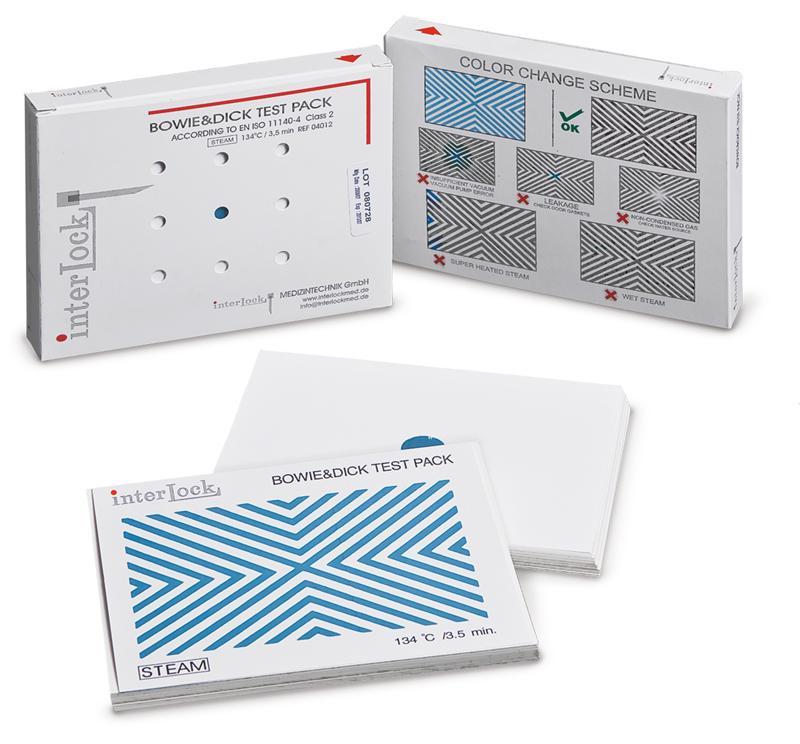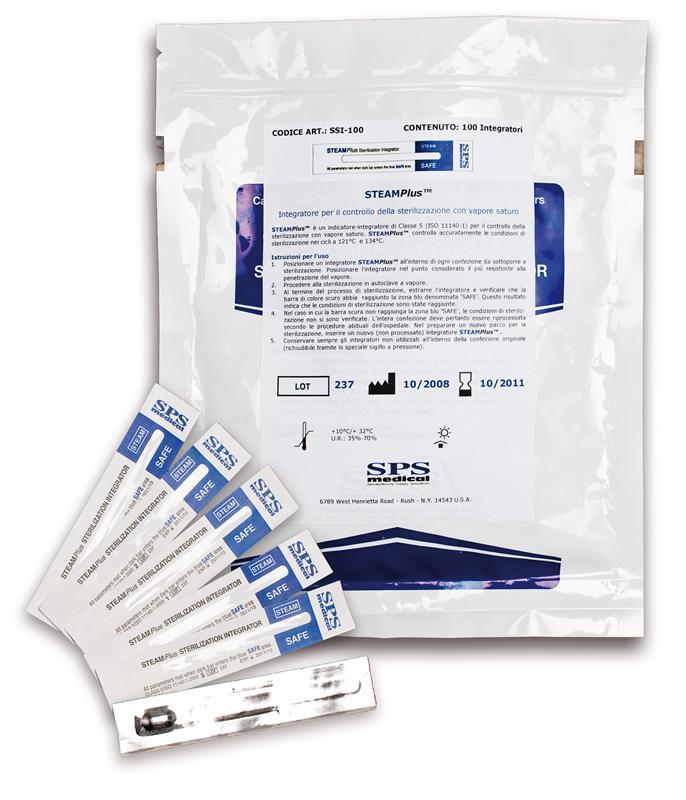
216SSteamPlus
Sterilisation Test
216SSteamPlus
Discover
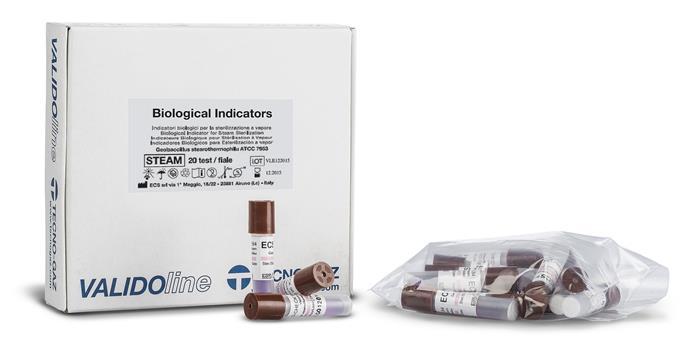
TS002ZBKSpores
STERILISATION TEST
TS002ZBKSpores
Discover

TS001BEDBowie & Dick Test
STERILISATION TEST, 20 PCS
TS001BEDBowie & Dick Test
Discover
.jpg)
TS004ZHTHelix Test
STERILISATION TEST
TS004ZHTHelix Test
Discover
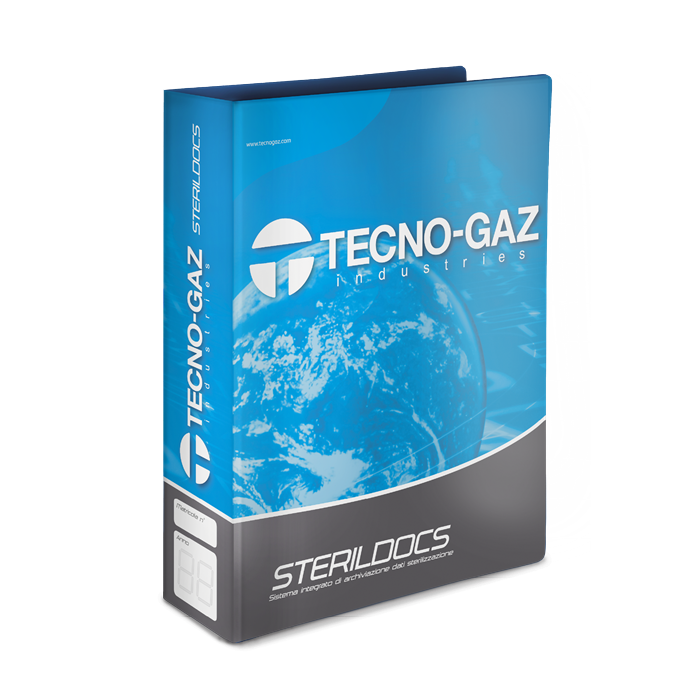
280-SSterildocs
Autoclave test filing system
280-SSterildocs
Discover
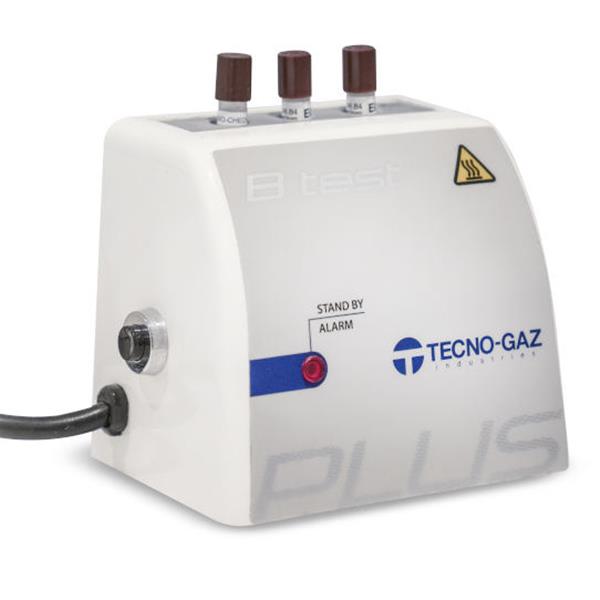
2035TSB-Test Plus
biological incubator independently powered
2035TSB-Test Plus
Discover
Professionals are directly responsible for all the instruments and devices they use. In the case of the autoclave, this responsibility is even greater due to the service this device provides. Every professional must therefore implement systematic control procedures for the sterilization process and to assess the correct operation of the equipment. During operation, each autoclave is constantly controlled by physical and electronic devices installed in the machine. To assure correct operation and the effective guarantee of sterilization, systematic monitoring is applied by control systems responding to physical, chemical and biological principles and using specific indicators:
Physical tests: including tests and controls: (Bowie & Dick, Helix) to assess the steam penetration capacity in hollow and porous bodies, and the Vacuum Test to control the validity of the vacuum circuits on the machine. These controls are used exclusively on autoclaves sterilizing B-type loads (Art. 265-S, 267-S).
Chemical tests: use coloring substances able to modify their appearance if suitably exposed to heat and high pressure in appropriate times. These integrators are the most suitable devices for checking steam sterilization, as they interact with all the sterilization cycle parameters. These controls can be used with all kinds of autoclave (Art. 266-S).
Biological tests: these are the best controls for checking process adequacy, as they are able to indicate and integrate not only time and temperature factors but also other known and unknown factors that affect biological deactivation. The biological indicators are standardized preparations (EN 866) of microorganisms (Bacillus Sterothermophilus) in the form of spores, a form that confers particular resistance to the microbe against the sterilizing agent (art. 260-S, 262-S).
These tests can be used with all kinds of autoclaves. The information obtained from the different tests do not overlap but are complementary, and as such must be carried out periodically and separately.



